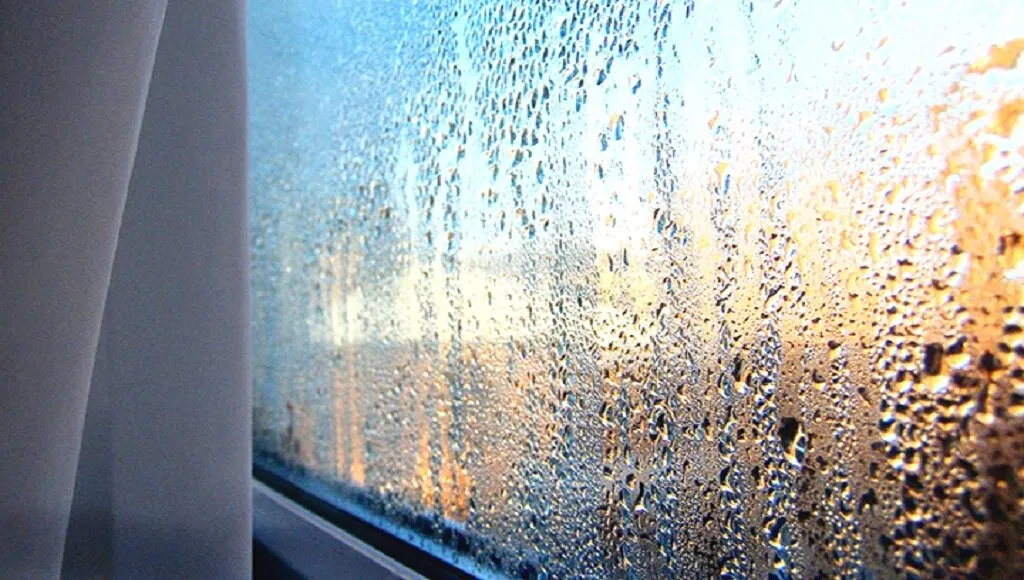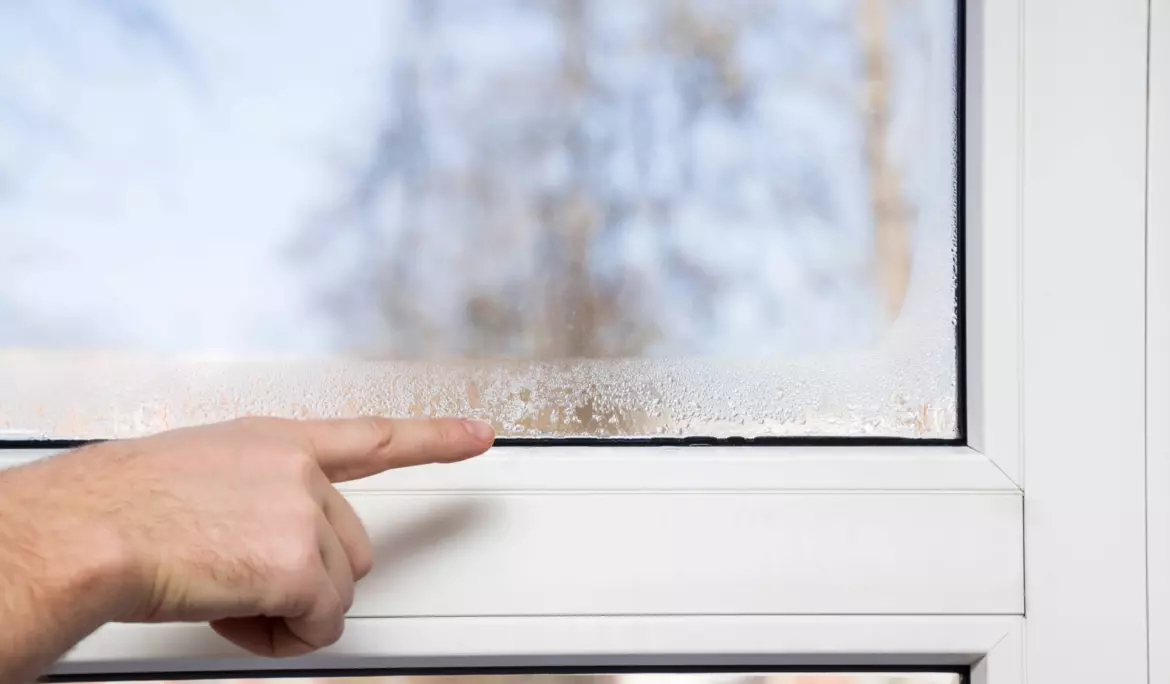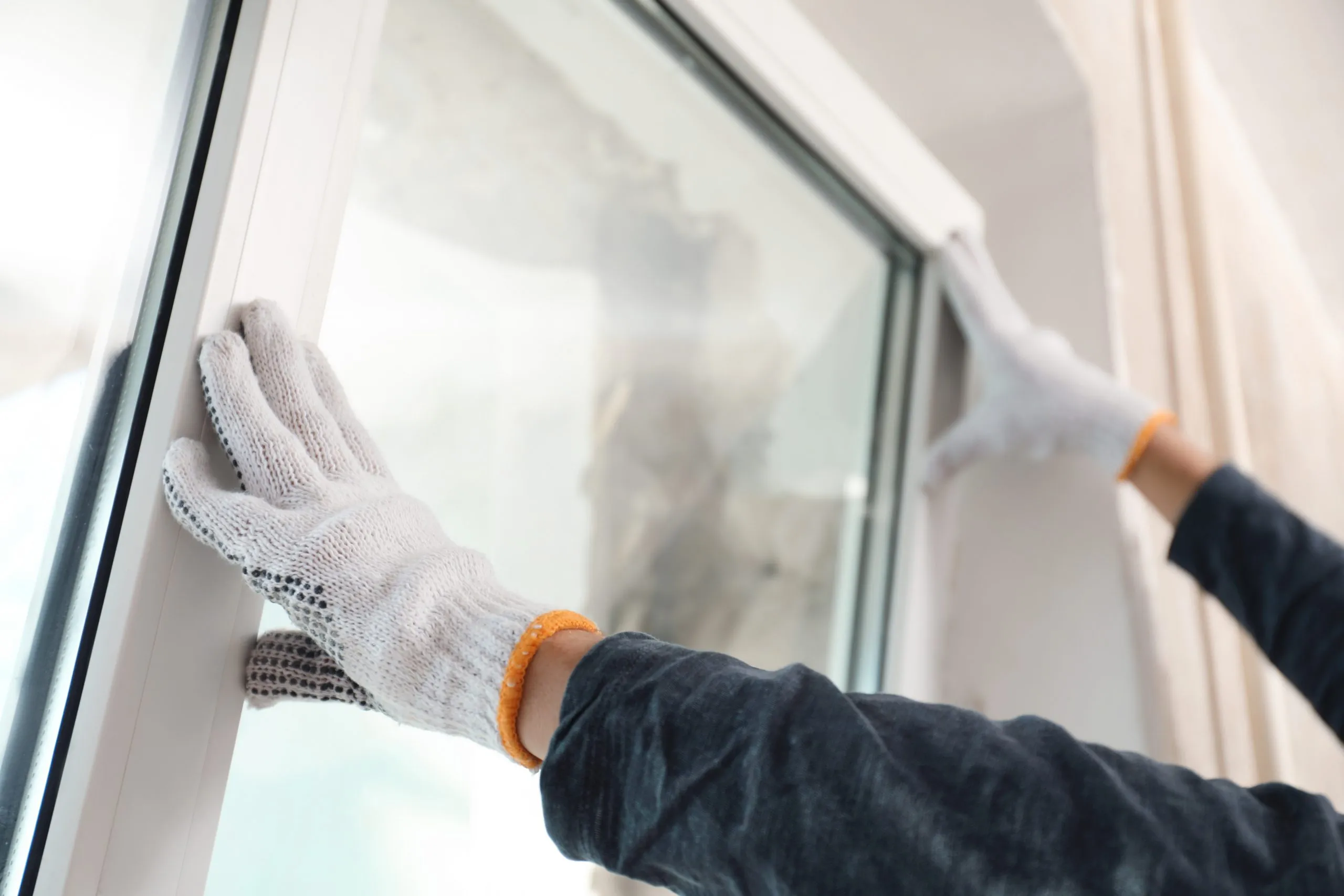Window and Door Condensation Explained
What It Means and How to Handle It
Have you ever noticed water droplets forming on the inside of your windows or sliding glass doors during the colder months — sometimes even freezing into a thin layer of ice? You might think there’s something wrong with your windows or that they need immediate repair. But before jumping to conclusions, it’s important to understand what causes this phenomenon — and how to address it properly.
What exactly is condensation?
Condensation occurs when warm, moist air comes into contact with a cold surface , such as window glass or sliding door panels. As the warm air cools, it can no longer hold the same amount of moisture, so the excess water vapor turns into liquid droplets — a process known as condensation.
This is especially common in winter, when indoor air is warm and humid, while outdoor temperatures are significantly lower. The result? Water droplets appear on the inside of your windows and doors.
Why does condensation form on windows and doors?
There are several factors that contribute to condensation:
- Temperature Differences: when warm indoor air meets the cooler surface of the glass, condensation naturally forms.
- High Indoor Humidity: everyday activities like cooking, showering, doing laundry, or even breathing increase the humidity levels in your home — all of which raise the chances of condensation.
- Poor Ventilation: if rooms lack proper airflow, moist air has nowhere to go, leading to buildup and increased condensation.
- Inadequate Insulation or Damaged Seals: old or poorly sealed windows and doors allow cold air to enter, further cooling the interior surfaces and promoting condensation
Are windows or doors actually to blame?
It’s easy to point fingers at your windows or doors, but in most cases, they aren’t the problem . They simply act as indicators — showing where moisture is collecting due to environmental conditions in your home. Even high-quality windows can experience condensation if humidity levels are too high or ventilation is lacking.

Do curtains or blinds contribute to condensation?
Yes — especially when they’re pulled tightly against the window. This restricts airflow and traps moisture between the fabric and the glass, increasing the likelihood of condensation. Damp curtains (from high humidity or recent washing) can also release additional moisture into the air.
What about condensation between glass panes?
If you notice fog or water droplets between the panes of a double-glazed window , this is a sign of a more serious issue. It means the window’s seal has failed, allowing moisture to get inside the unit.
This not only reduces energy efficiency but may eventually require window glass replacement . Learn more about this in our article: “Window Glass Condensation: When Is It Time to Replace?”
Why does condensation form on windows and doors?
There are several factors that contribute to condensation:
- Improve Ventilation: open windows briefly each day or use exhaust fans in kitchens and bathrooms.
- Use a Dehumidifier: especially in damp areas of the house or during seasons with high humidity.
- Adjust Indoor Humidity Levels
- Upgrade to Double-Glazed Windows: these offer better insulation and help keep inner glass surfaces warmer, reducing condensation.
What role do windows play in managing indoor humidity?
While windows themselves don’t regulate humidity, opening them regularly helps circulate fresh air and reduce moisture buildup . Otherwise, windows and sliding doors serve more as early warning signs of excessive indoor humidity.
Does season affect condensation?
Yes. In winter , condensation typically forms indoors due to the contrast between warm, moist air and cold glass. In summer , it can appear on the outside of windows — especially if air conditioning keeps interiors cool while outdoor humidity is high. Climate also plays a role. Homes in humid regions tend to face condensation issues more frequently, particularly during seasonal temperature shifts.
Need help assessing your windows or doors?
If you’re unsure whether the condensation you’re seeing is due to normal humidity or an actual issue with your windows or sliding doors, feel free to reach out to us. Our specialists can help you determine whether you just need better ventilation — or if it’s time for a repair or upgrade.
At Fixhomeglass Company , we help homeowners preserve the beauty and function of their windows while maintaining a healthy indoor climate. Better call Fixhomeglass! +1 (630)225-3105






